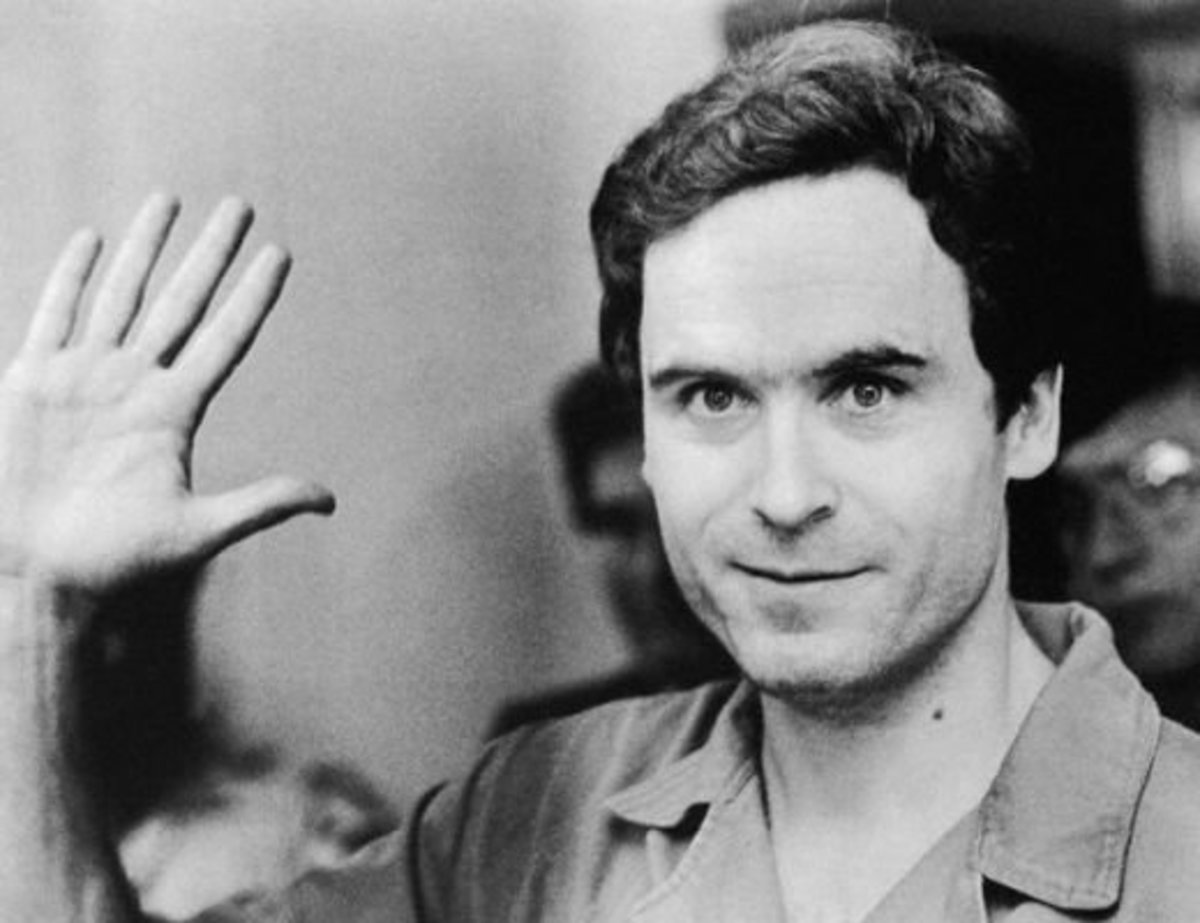Did he really raise his daughter in a box?
Background
Burrhus Frederick Skinner (B..F. Skinner) was the most influential psychologist of his day. He was born in 1904 in Susaquehanna, Pennsylvania, a small railroad town where the Susquehanna River enters the state and curves back on itself into New York State. After graduating college, he discovered the behaviorism of Pavlov and Watson and saw great potential in this approach for understanding, predicting, and even controling behavior. After his appointment to the Psycholoigy Department at Harvared Univesity, Skinner established a laboratory for systematically identifying the laws of behavior. His subject was the laboratory rat, his tool, an ingeniously designed box.
The Skinner Box
The box was an automated way to both reward (reinforce) the rat for pressing a bar as well as record the frequency of responses as a graph.When the rat pressed the bar a pellet of food would drop into the feeding tray. The ratio of bar bresses required to receive the food could be varied-- every time the bar was pressed or only some of the times. The ratio could depend on a fixed time or a fixed response schedule. Each condition resulted in a different shaoed response curve. He published his results in a large volume showing these curves so that others could repeat his experiments. This book, "Schedules of reinforcement" was a monumental achievement.
SkInner as philosopher
Skinner was more than experimenter; he was a skilled writer. He had been a philosophy major as an undergraduate at Hamilton College and was well aware of the philosophical implications of his work. He wrote a novel, "Walden Two," describing a utopian society run by behavioral principles. This book aroused a great deal of controversy. Some people interpreted his ideas as totalitarianism. He also wrote a best seller, "Beyond Freedom and Dignity," asserting that freedom is an illusion. We are all controlled by rewards and punishments or anticipated rewards or punishments.
Application
Skinner designed a temperature controlled, glass enclosed crib for his infant daughter to maximize her level of comfort. He tried to sell it commercially but it was not accepted by parents, perhaps because they feared it would be unsafe. Rumors circulated that he advocated raising children like rats in a cage, and also that his daughter had become mentally ill. None of these rumors was true. Skinner suggested a procedure for training rats to identify faulty pills in a drug factory. Again, his ideas were not accepted. It was feared that rat feces would contaminate the pills. He demonstrated to the military that he could teach pigeons to fly a missile by responding to visual images on a control,panel. The military wasn't interested.
Despite Skinner's failure to convince some people about the value of his approach, he was enorrmously influential. He developed programmed instruction techniques based upon the same learning principles derived from animal experiments. These were precursors of teaching programs later developed for computers. Skinner's impact upon psychology and education cannot be overstated.





